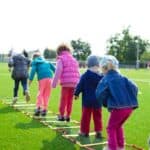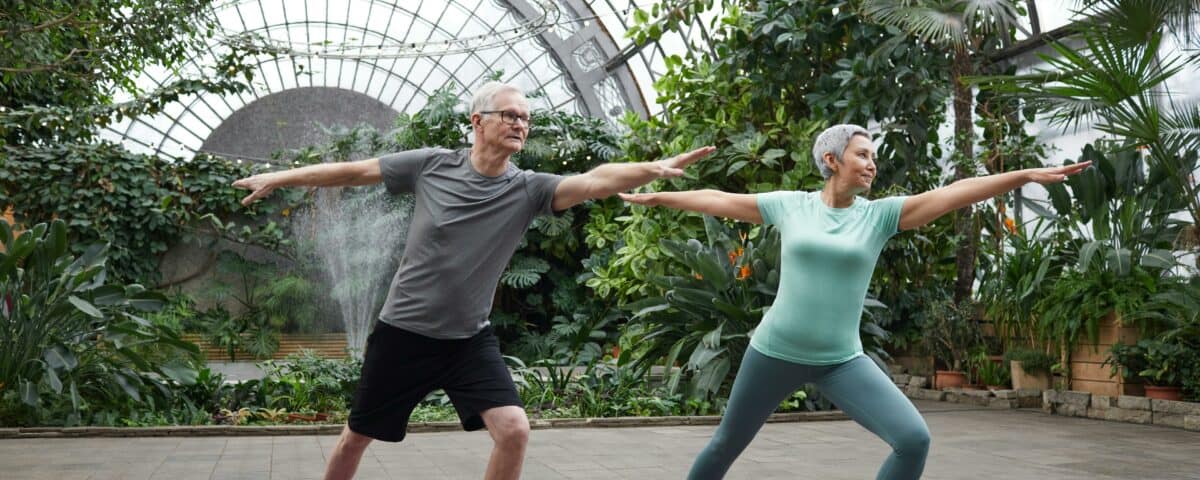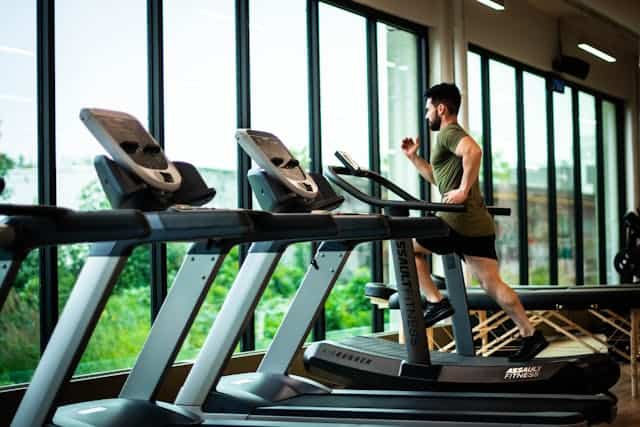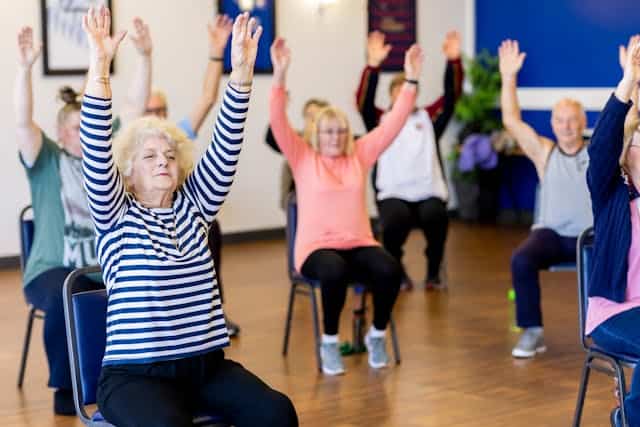
Physical activity, sedentary behaviour, and sleep knowledge and self-efficacy among parents of young children in Canada
May 22, 2024Mapping sedentary behaviour (MAPS-B) in winter and spring using wearable sensors, indoor positioning systems, and diaries in older adults who are pre-frail and frail: A feasibility longitudinal study
June 7, 2024A new study entitled, “Effects of Detraining on Physical Capacity and Its Relationship With Depressive Symptoms, Quality of Life and Sedentary Behavior in Community-Dwelling Older Adults: A Longitudinal Study” was published in Journal of Aging and Physical Activity. A summary and citation are included below.
ABSTRACT
Background: Detraining is the partial or complete loss of physical training-induced adaptations as a result of exercise interruption or reduction. The COVID-19 pandemic led to the discontinuation of many older adult exercise programs and led to increased depressive symptoms (DS), increased sedentary behavior (SB), and decreased quality of life (QoL).
Objective: To evaluate the effects of detraining, in the pandemic, on physical capacity and its relationship with DS, QoL, and SB of community-dwelling older adults.
Methods: The physical capacity (static balance, dynamic balance, and lower limb and handgrip strength) of 35 participants was assessed prepandemic and after 18 and 24 months of the pandemic. DS, QoL, and SB were evaluated only at 18-month period. The analysis of variance for repeated measures or the Friedman and Pearson or Spearman tests were used for statistical analysis.
Results: There was a decline in dynamic balance (p < .001) and strength in the lower limbs (p < .001) in the first 18 months, as well as maintenance in the following 6 months. The reduction in dynamic balance during the 18 months of the pandemic was associated with greater DS (p = .015; r = .414) and worse QoL (p = .024; r = −.381) in this period. More time spent on SB (p = .024; r = .386) in the 18th month was associated with worse dynamic balance in the following 6 months.
Conclusion: Detraining in the pandemic setting led to long-lasting harmful effects, which can last for 2 years, on the physical capacity of community-dwelling older adults. Implication: Our findings highlight how periods of detraining can interfere in physical and mental health of older adults.
CITATION
Cassemiliano, G., Farche, A.C.S., Lee, S., Rossi, P.G., Message, L.B., dos Santos, T.R., Santos, V.R.S., & Takahashi, A.C.M. (2024). Effects of Detraining on Physical Capacity and Its Relationship With Depressive Symptoms, Quality of Life and Sedentary Behavior in Community-Dwelling Older Adults: A Longitudinal Study. Journal of Aging and Physical Activity, https://doi.org/10.1123/japa.2023-0333
Photo by Marcus Aurelius on pexels




